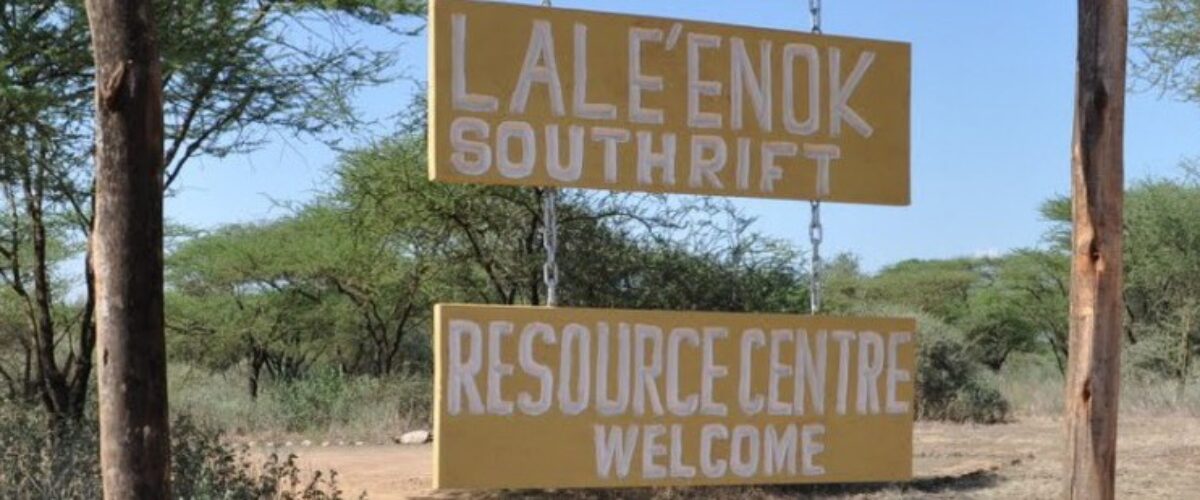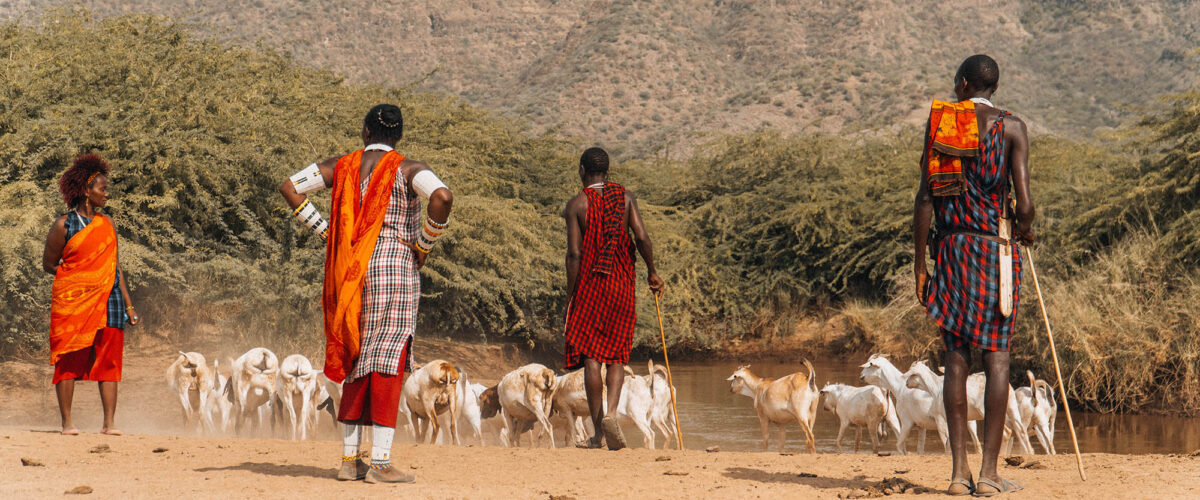field station and museum, located next to
the National Museums of Kenya famous prehistoric site at Olorgesailie, right in the heart
of the SORALO landscape. This project aims
to rekindle, preserve and perpetuate Maasai
heritage not only through the creating of a
physical space, but also from holding cultural
festivals, to bring together Maasai peoples to
discuss their past, present and future.
These festivals will bring together vignettes of
Maasai heritage and encourage communities to
share, restore and celebrate their culture, and
to exhibit and perpetuate traditional practices,
skills and knowledge for the benefit of Maasai
communities.
The museum itself will include write ups and
displays of some of the following aspects of
Maasai culture:
• Ethnography: material and cultural artifacts
including art, rock art, beadwork, leatherwork,
other adornments, shields, heraldry, spears and other weapons
• Ceremonies: age-set ceremonies, songs
and verse-singing, dances, rain-making and
peace ceremonies;
• History: mythology, pre-history, oral history
and written history.
• Traditional life ways: cattle culture and
practices, hunting and foraging techniques,
stock-raiding and socio-political systems and
architecture.
• Environmental knowledge and skills: beliefs,
practices, attitudes and knowledge about
environment, ecology, natural resources and
wildlife.
Construction is underway at the site, mainly
inspired by a document created with the
assistance of the Smithsonian Institute
(document to be available to download).
Watch this space for further news as this project
develops!



